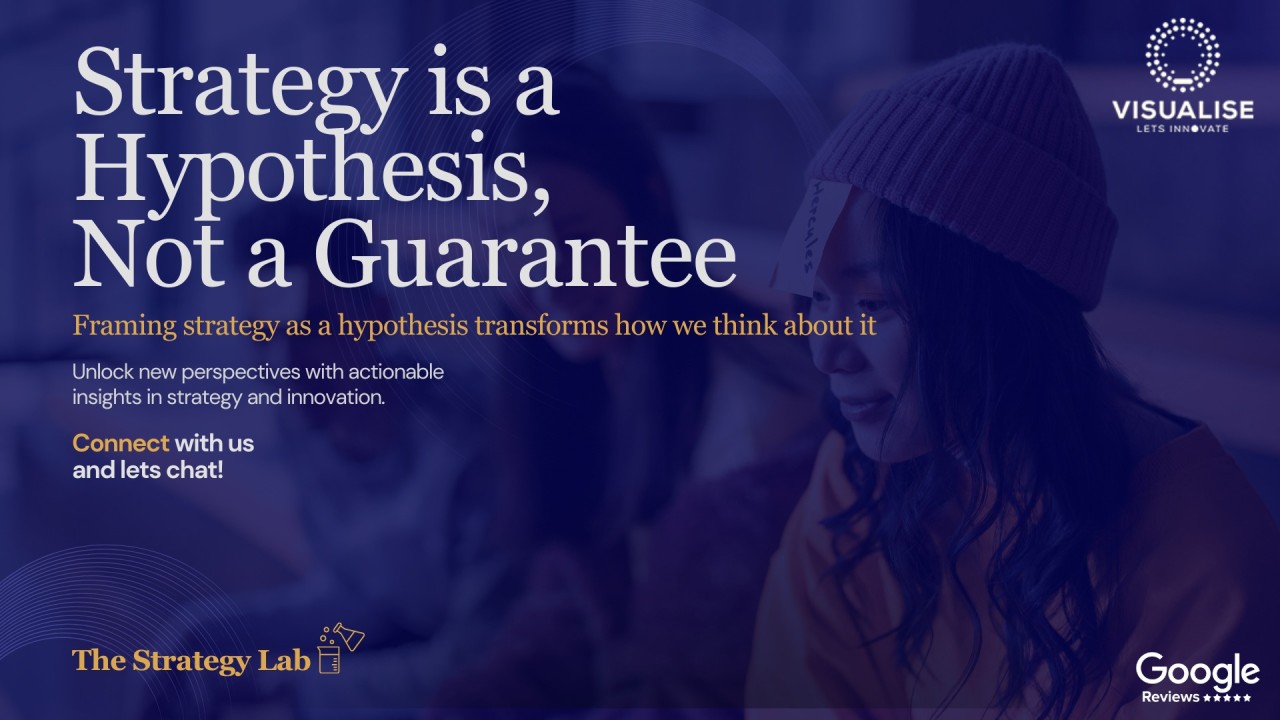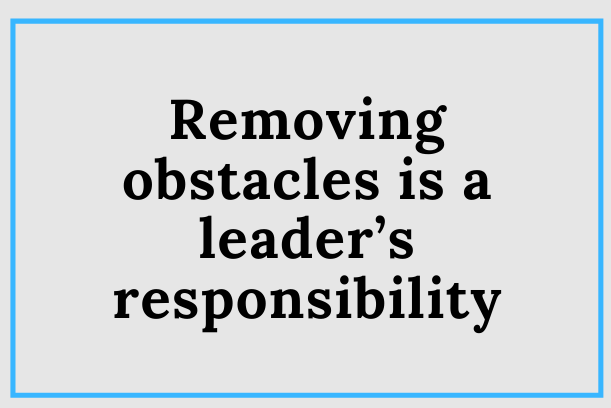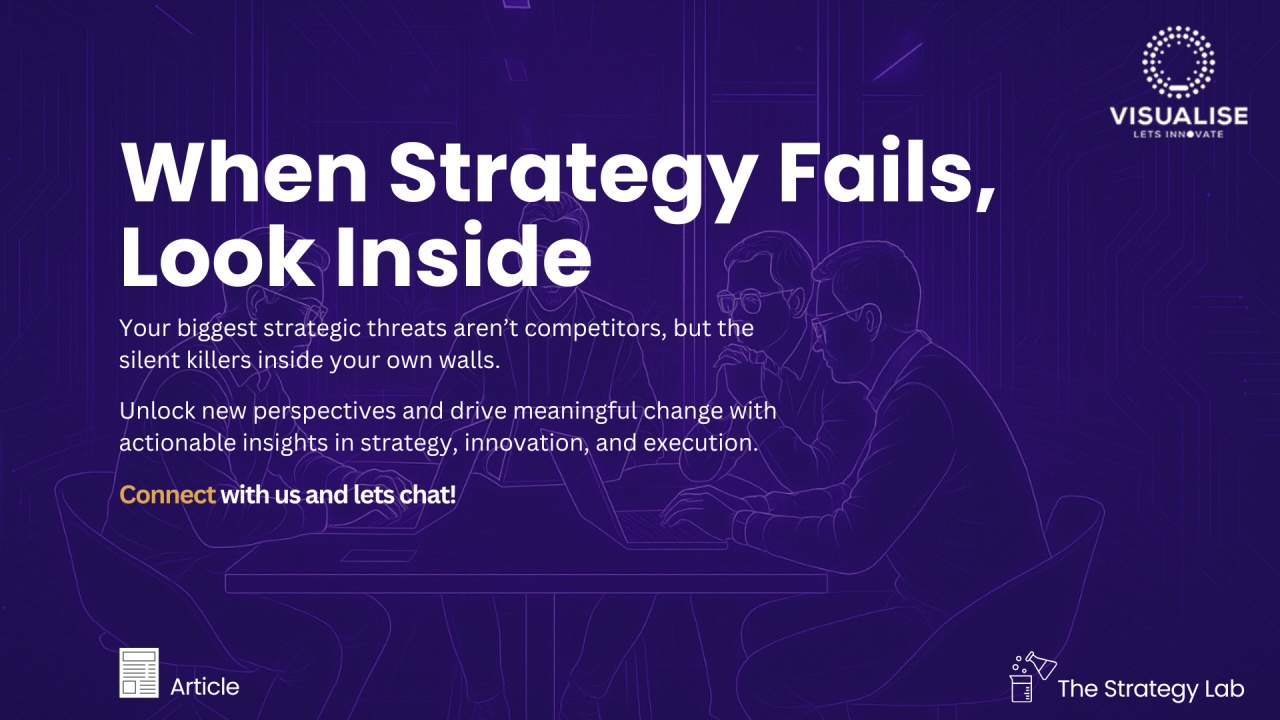May15

In the world of management and strategy execution, one of the most potent yet underappreciated truths is this: strategy is a hypothesis, not a guarantee. This concept challenges conventional thinking, where strategy is often mistaken for certainty, and execution is expected to yield predictable outcomes. In reality, strategy is a set of informed assumptions — a theory about how an organisation can succeed in a dynamic environment. Recognising this changes how leaders develop, implement, and adapt their strategies, particularly when using frameworks like the Palladium Execution Premium Process (XPP) and the BSI 9-Steps method.
At its core, a strategy is a coherent set of choices about where and how an organisation will compete, what capabilities it will invest in, and how it will position itself within its ecosystem to create sustainable value. As Palladium defines it:
“Strategy is an integrated set of choices that position an organisation in an ecosystem (e.g. industry) to create superior value over the long term.”
This positioning requires companies to bet on customer behaviour, competitive dynamics, regulatory changes, and internal capabilities. These are not certainties; they are assumptions about the future.
Roger Martin, a leading voice on strategic thinking, distinguishes between strategic planning and strategy. Planning is the comfortable, linear process of setting goals and assigning resources. It focuses on things the organisation controls: budgets, staff, and timelines. It gives the illusion of certainty. Strategy, by contrast, is a risky commitment to a unique way of winning, based on a theory of value creation in a competitive environment.
Martin warns against conflating planning with strategy, as the former rarely forces the difficult choices necessary to create a competitive edge. Strategy is not a roadmap with guaranteed outcomes—it's more like a hypothesis in a scientific experiment. We believe that if we take certain actions under certain conditions, we will achieve specific outcomes, but we won't know for sure until we try.
Framing strategy as a hypothesis transforms how we think about it. Like any hypothesis, it must be:
For example, suppose a company develops a strategy based on the belief that digital-first customer service will improve retention. In that case, it implicitly hypothesises that customers prefer digital engagement and that the organisation can deliver this experience effectively. If, after deployment, retention does not improve—or even worsens—it suggests the hypothesis was flawed and needs re-evaluation.
Palladium’s XPP framework explicitly supports the idea that strategy is not static. It incorporates feedback loops and learning cycles that allow organisations to continuously monitor, learn, test, and adapt their strategy. This approach reflects the reality that:
Module 5: Monitor and Learn and Module 6: Test and Adapt are particularly aligned with this mindset. They emphasise regular strategy review meetings, scenario planning, war gaming, and adaptation of strategic initiatives based on performance data and environmental shifts.
As stated in Module 5:
“We have come up with a number of strategic hypotheses during the strategy development stage and we need to question and challenge if these are working as planned.”
This shows that Palladium doesn’t view strategy as a one-time plan, but as an evolving set of assumptions that require ongoing validation.
Southwest Airlines is a classic example of a strategy-as-hypothesis approach that worked. The company hypothesised that a low-cost, point-to-point airline with no-frills service could attract price-sensitive customers and achieve high asset utilisation. This strategy was not guaranteed to succeed — it went against the prevailing hub-and-spoke model — but it was based on well-reasoned assumptions, which proved correct.
Contrast that with Kodak, which failed to revisit its hypothesis that traditional film would remain dominant. Despite inventing the digital camera, it clung to its original assumptions, was unable to adapt, and lost its relevance.
In Palladium’s XPP, strategy maps and the balanced scorecard (BSC) are hypothesis-testing tools. They define cause-and-effect relationships between strategic objectives, enabling organisations to measure whether assumed linkages hold in practice.
By monitoring both, organisations can assess whether the strategic hypotheses are valid or whether adjustments are needed.
Understanding that strategy is a hypothesis, not a guarantee, is essential for modern leaders. It shifts the focus from rigid plan execution to adaptive learning and continuous improvement. Palladium’s XPP process embeds this principle by integrating performance measurement, strategic reviews, and learning loops into the strategy lifecycle.
In a world where change is constant, the best-performing organisations will be those that recognise their strategies are bets — and manage them accordingly. They will test assumptions, learn from failures, and adapt quickly, turning uncertainty into a competitive advantage. In short, a successful strategy is not about being right from the start. It’s about being willing to question, test, and evolve — because only through experimentation can hypotheses become insights that lead to sustained success.
To explore how your business might benefit from this strategic framework, tools and consulting services are available through Visualise Solutions. This company specialises in helping leaders apply systems thinking and strategic clarity to complex decisions.
By Andrew Constable MBA, XPP, BSMP
Keywords: Business Strategy, Innovation, Leadership
 Are You Setting The Direction?
Are You Setting The Direction? There Seems to be Some Confusion: Exit vs Succession
There Seems to be Some Confusion: Exit vs Succession  When Strategy Fails, Look Inside
When Strategy Fails, Look Inside The Modular Ascent: Integrating Gemini 3, V-JEPA, and World Models for Aviation AGI
The Modular Ascent: Integrating Gemini 3, V-JEPA, and World Models for Aviation AGI Mark Lynd's 2026 Cybersecurity Predictions
Mark Lynd's 2026 Cybersecurity Predictions